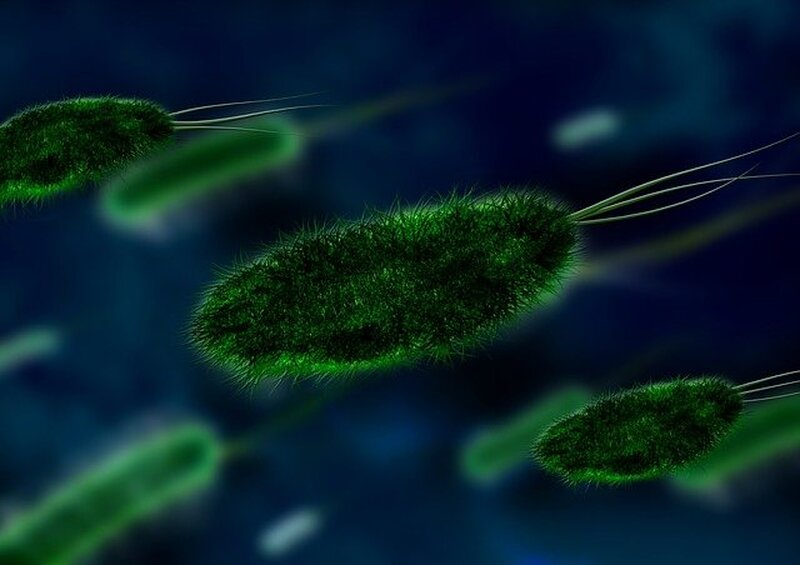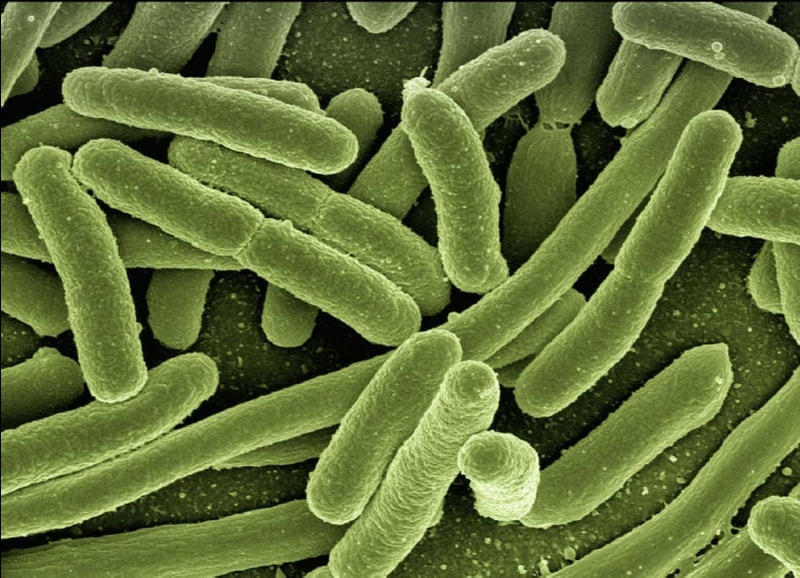Phage Therapy: The Solution to Antibiotic Resistance?
According to the Centers for Disease Control and Prevention (CDC), at least 2.8 million cases of antibiotic-resistant infections result in over 35,000 deaths each year in the United States alone. Why is the antibiotic resistance crisis currently one of the greatest global public health challenges? Antibiotics, drugs that are designed to kill bacteria, were first discovered in 1928 and have since been used to effectively treat a variety of bacterial infections, which can affect any part of the human body. Unfortunately, an increasing number of bacteria have naturally evolved antibiotic resistance mechanisms to avoid being killed by antibiotics. Moreover, multidrug resistance, where a bacterium has obtained resistance mechanisms against several different antibiotics, is increasingly common. Infections caused by multidrug-resistant (MDR) bacteria are particularly life-threatening because they are harder, and sometimes impossible, to treat using currently available antibiotics.
Acinetobacter baumannii is a bacterium with growing rates of multidrug resistance, making it a significant health concern worldwide, especially in hospitals. While they generally cannot cause disease in healthy humans, A. baumannii infections can threaten the lives of those with a weakened immune system, chronic lung disease, diabetes, or other health problems. While these infections are usually treated with antibiotics, this method is losing effectiveness, as the amount of these infections being caused by MDR A. baumannii rises. The scientific community is conducting extensive research on developing alternatives to antibiotics, such as phage therapy, in order to treat these bacteria that cannot be killed by antibiotics.
Phage therapy consists of using a mixture of viruses that can infect and kill bacteria, better known as bacteriophages or simply “phages”. It may seem counterintuitive to use viruses to treat bacterial infections, but phage therapy is promising because bacteriophages generally cannot infect or kill human cells. In fact, bacteriophages are only capable of infecting a narrow range of bacterial cells, and this range of infection is specific to each bacteriophage. However, this means that researchers must first discover a bacteriophage capable of killing a specific strain of MDR bacteria before phage therapy can be used to treat the infections caused by that bacteria.
Acinetobacter baumannii is a bacterium with growing rates of multidrug resistance, making it a significant health concern worldwide, especially in hospitals. While they generally cannot cause disease in healthy humans, A. baumannii infections can threaten the lives of those with a weakened immune system, chronic lung disease, diabetes, or other health problems. While these infections are usually treated with antibiotics, this method is losing effectiveness, as the amount of these infections being caused by MDR A. baumannii rises. The scientific community is conducting extensive research on developing alternatives to antibiotics, such as phage therapy, in order to treat these bacteria that cannot be killed by antibiotics.
Phage therapy consists of using a mixture of viruses that can infect and kill bacteria, better known as bacteriophages or simply “phages”. It may seem counterintuitive to use viruses to treat bacterial infections, but phage therapy is promising because bacteriophages generally cannot infect or kill human cells. In fact, bacteriophages are only capable of infecting a narrow range of bacterial cells, and this range of infection is specific to each bacteriophage. However, this means that researchers must first discover a bacteriophage capable of killing a specific strain of MDR bacteria before phage therapy can be used to treat the infections caused by that bacteria.
Image Source: neotam
In the case of A. baumannii, multiple bacteriophages capable of infecting and killing this bacterium have already been found. But researchers are concerned that some cases of A. baumannii infections may be untreatable using either antibiotics and phage therapy. This can occur if the life-threatening bacteria has resistance mechanisms that protect it from being killed by antibiotics or bacteriophages. To address these concerns, a team of researchers in Thailand explored whether there is a connection between antibiotic resistance mechanisms and bacteriophage resistance mechanisms in A. baumannii.
To investigate the proportion of MDR A. baumannii that can potentially be treated using phage therapy, the researchers first obtained 230 different strains of A. baumannii, 199 of which were multidrug-resistant, from Thai and Nepalese hospitals. They then exposed each strain of A. baumannii to a mixture of bacteriophages known to be capable of infecting other, non-MDR A. baumannii. Of the 230 different strains of A. baumannii, 46.5% were killed following exposure to the bacteriophages. In other words, a large number of the MDR A. baumannii infections that threaten the lives of many hospital patients in Thailand could potentially be treated using phage therapy, even when antibiotics prove ineffective.
These research findings may be applicable in the broader context of using phage therapy to treat multidrug-resistant bacteria beyond A. baumannii across the globe. Nonetheless, further research is needed if phage therapy is to become a widespread alternative treatment option to combat antibiotic resistance.
To investigate the proportion of MDR A. baumannii that can potentially be treated using phage therapy, the researchers first obtained 230 different strains of A. baumannii, 199 of which were multidrug-resistant, from Thai and Nepalese hospitals. They then exposed each strain of A. baumannii to a mixture of bacteriophages known to be capable of infecting other, non-MDR A. baumannii. Of the 230 different strains of A. baumannii, 46.5% were killed following exposure to the bacteriophages. In other words, a large number of the MDR A. baumannii infections that threaten the lives of many hospital patients in Thailand could potentially be treated using phage therapy, even when antibiotics prove ineffective.
These research findings may be applicable in the broader context of using phage therapy to treat multidrug-resistant bacteria beyond A. baumannii across the globe. Nonetheless, further research is needed if phage therapy is to become a widespread alternative treatment option to combat antibiotic resistance.
Featured Image Source: geralt
RELATED ARTICLES
|
Vertical Divider
|
Vertical Divider
|
Vertical Divider
|






